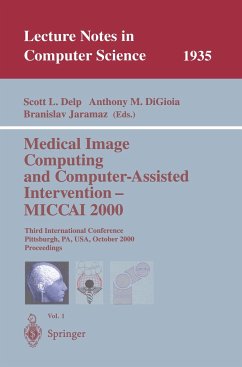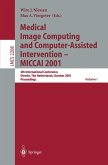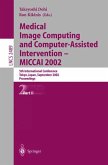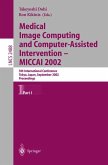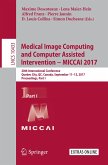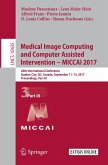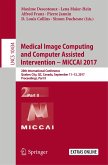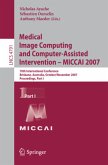In previous work [6], we presented a novel information theoretic approach for calculating fMRI activation maps. The information-theoretic approach is - pealing in that it is a principled methodology requiring few assumptions about the structure of the fMRI signal. In that approach, activation was quanti?ed by measuring the mutual information (MI) between the protocol signal and the fMRI time-series at a givenvoxel.This measureis capable of detecting unknown nonlinear and higher-order statistical dependencies. Furthermore, it is relatively straightforward to implement. In practice,activation decisions at eachvoxelareindependent of neighboring voxels. Spurious responses are then removed by ad hoc techniques (e.g. morp- logicaloperators).Inthispaper,wedescribeanautomaticmaximumaposteriori (MAP) detection method where the well-known Ising model is used as a spatial prior.The Isingspatialpriordoes not assumethat the time-seriesofneighboring voxelsareindependentofeachother.Furthermore,removalofspuriousresponses is an implicit component of the detection formulation. In order to formulate the calculation of the activation map using this technique we ?rst demonstrate that the information-theoretic approach has a natural interpretation in the hypo- esis testing framework and that, speci?cally, our estimate of MI approximates the log-likelihood ratio of that hypothesis test. Consequently, the MAP det- tion problem using the Ising model can be formulated and solved exactly in polynomial time using the Ford and Fulkerson method [4]. We compare the results of our approach with and without spatial priors to an approachbased on the general linear model (GLM) popularized by Fristonet al [3]. We present results from three fMRI data sets. The data sets test motor, auditory, and visual cortex activation, respectively.
Hinweis: Dieser Artikel kann nur an eine deutsche Lieferadresse ausgeliefert werden.
Hinweis: Dieser Artikel kann nur an eine deutsche Lieferadresse ausgeliefert werden.

